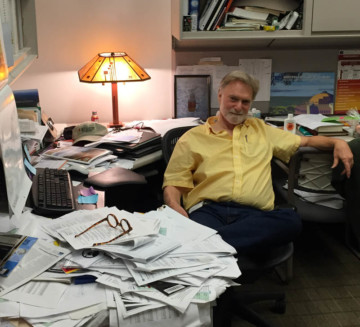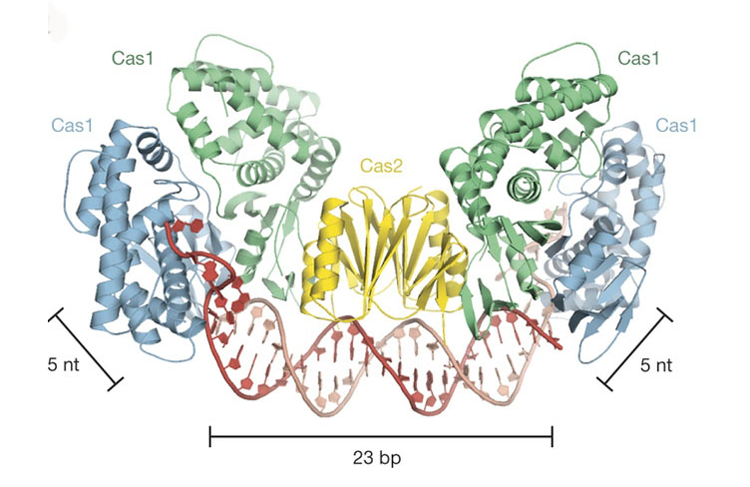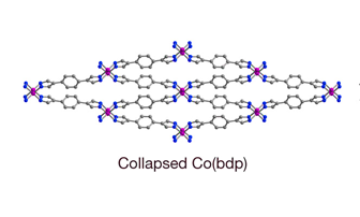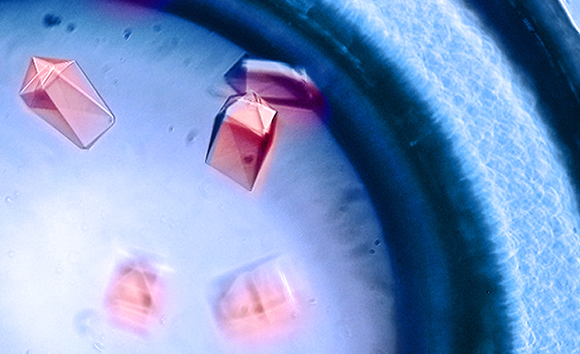We sat down recently with Principal Scientific Engineering Associate Warren Byrne to get his take on the history and future of the ALS, from an accelerator point of view. Byrne came to the ALS as it was being built in 1992, starting out in the operations group and then moving into the accelerator physics group. For the past 16 years, he has been in charge of overseeing the injector system, which consists of the linac and the booster synchrotron and the electron gun. Read more »
ALSNews Vol. 369
JANUARY 27, 2016
ALS, Molecular Foundry, and aBeam Technologies Collaborate to Make Metrology History
A collaboration between Bay Area company aBeam Technologies, the ALS, and the Molecular Foundry is bringing cutting-edge metrology instrumentation to the semiconductor market, which will enable a new level of quality control. Read more »![]()
Foreign DNA Capture during CRISPR–Cas Adaptive Immunity
Using macromolecular crystallography at Beamline 8.3.1 at the ALS, Berkeley researchers discovered how CRISPR/Cas captures foreign DNA for the bacterial immune system. Read more »
On the Road to ANG Vehicles with Increased Driving Ranges
An international team of researchers, using gas adsorption studies, in situ powder x-ray diffraction, and single-crystal x-ray diffraction, showed that there is a way to develop a new flexible metal–organic framework (MOF) material for enhanced natural gas storage on vehicles. Read more »
A New Pathway for Radionuclide Uptake
Scientists have reported a major advance in understanding the biological chemistry of radioactive metals, opening up new avenues of research into strategies for remedial action in the event of possible human exposure to nuclear contaminants. Read more »![]()
![]()
Phonon Polariton Behavior in 2D Materials
Synchrotron infrared nanospectroscopy (SINS) was used to study the behavior of phonon polaritons in ultrathin crystals of hexagonal boron nitride. The results pave the way towards engineering infrared-light photonic nanodevices and expand our understanding of polariton behavior in low-dimensional nanomaterials. Read more »![]()
![]()





